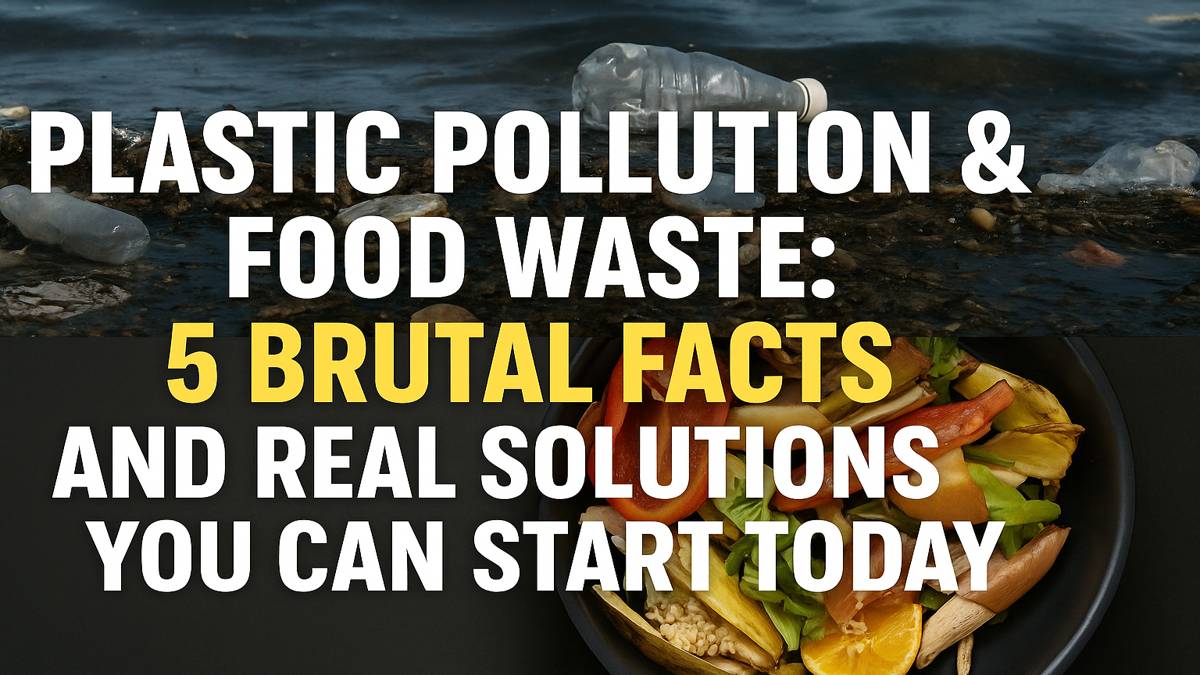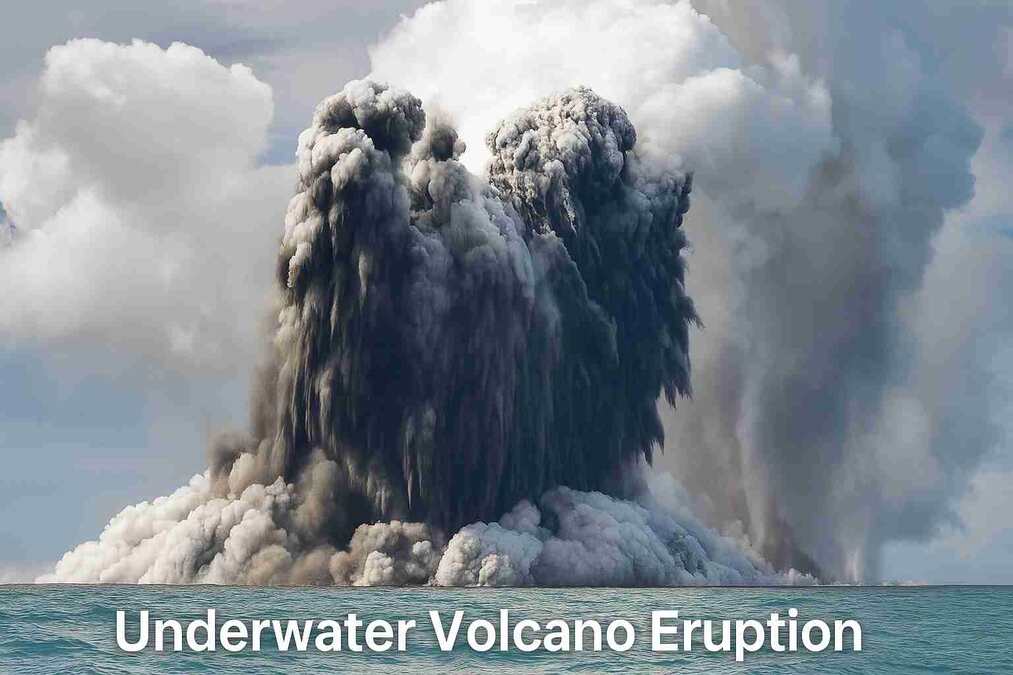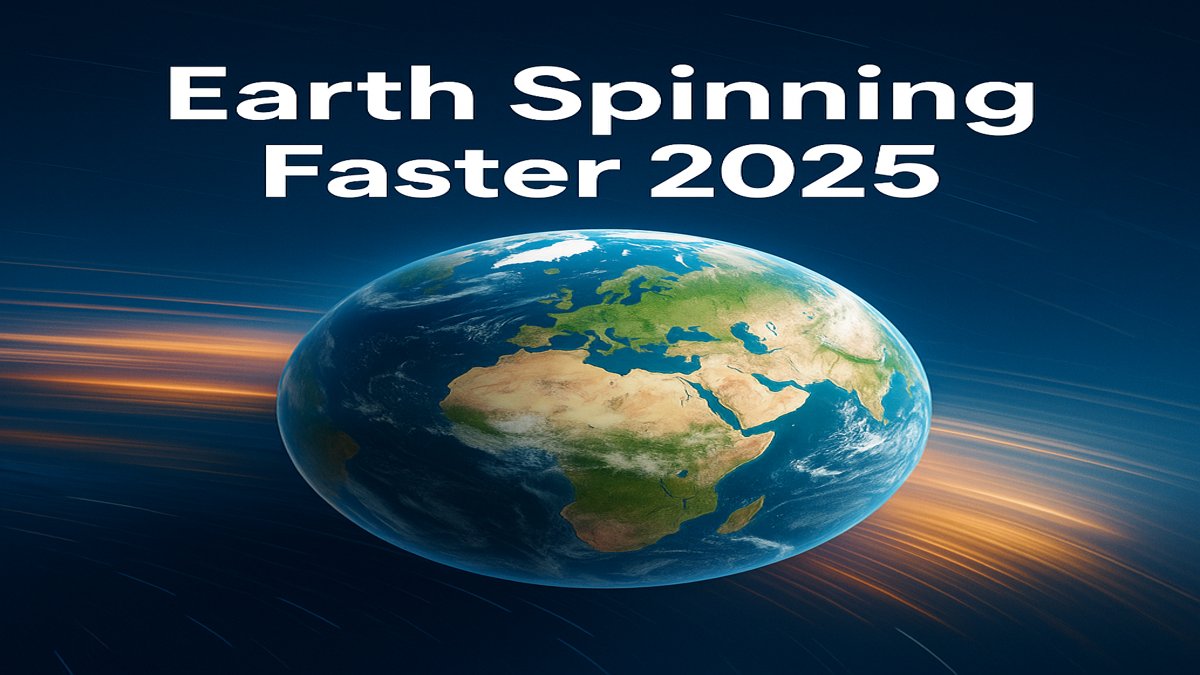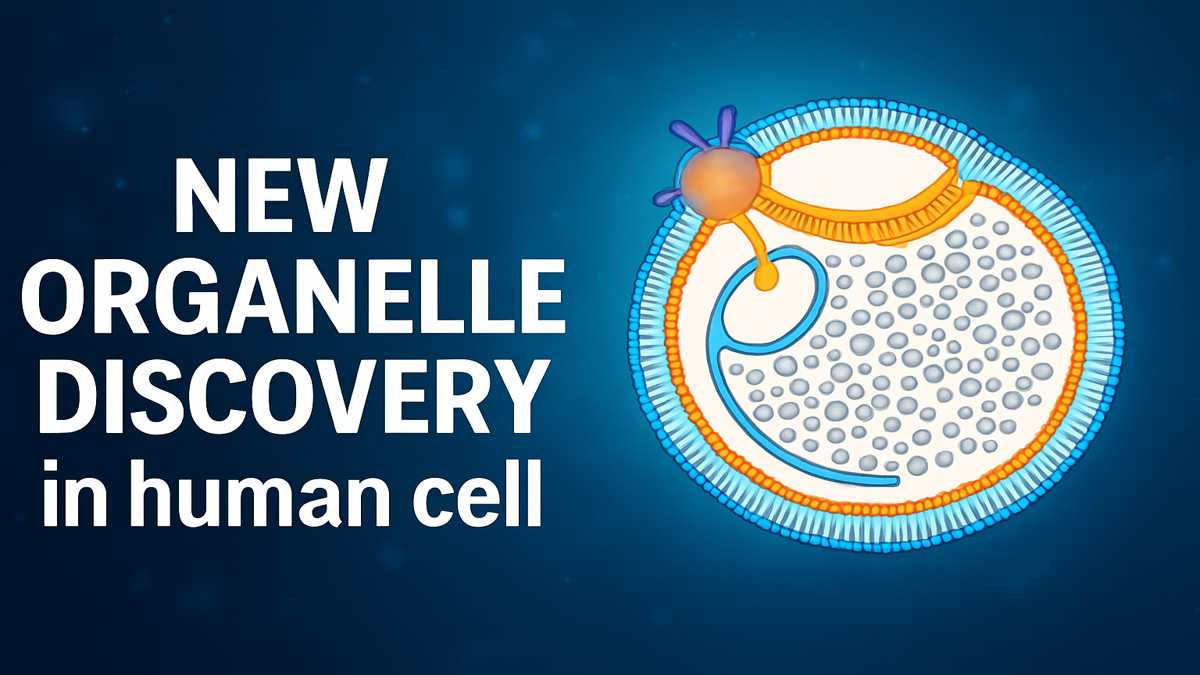Plastic pollution and food waste are two of the most destructive forces quietly wrecking havoc on our planet every single day. From microplastics choking our oceans to perfectly edible food dumped in landfills, the dual crises of plastic and food waste are fueling climate change, threatening biodiversity, and jeopardizing global food security. The facts are nasty but the good news is there are science-supported, real-life solutions! In this article we break down 5 shocking truths and the tangible action you can take today to waste less, protect the planet, and be part of the solution.
Plastic Pollution in Oceans: One Garbage Truck Enters Every Minute
Every minute, one garbage truck worth of plastic is entering the world’s oceans. More than 11 million metric tons of plastic are thrown into the ocean each year according to the United Nations Environment Programme (UNEP) and it’s projected to triple by 2040 without immediate action.
Why this Matters: Plastic does not degrade; it breaks into small pieces of microplastics that travel through marine food chains and into humans. More than 700 marine species are impacted by plastic pollution – from seabirds to whales.
Solution:
- Use reusable substitutes (bags, bottles, utensils)
- Support brands with biodegradable packaging
- Join or donate to a clean-up program like The Ocean Cleanup
Climate Impact of Wasted Food: The Shocking Cost to Our Planet
The Food and Agriculture Organization (FAO) claims that approximately 1.3 billion tons of food are lost or wasted each year. That is a huge amount of waste, nearly 10% of total global greenhouse emissions. With much of that head of lettuce, half-eaten pizza, or clotted sour cream ending up in a landfill, the spoilage decomposes or rots, which releases methane, a greenhouse gas more than 25 times as harmful as carbon dioxide.
Why it matters? Discarding food has implications beyond just climate. Food waste means less opportunity to feed millions of people, as well as wasted resources (water, energy) in the original edible product.
Solution:
- Plan grocery visits and avoid impulse purchasing
- Store food properly to get the maximum length of life
- Use community apps with other people to share unused food, and do not waste food in the landfill
🌿 Want to learn how science is helping fight food insecurity? Don’t miss our post on CRISPR & Climate-Smart Food.
Microplastics in Humans: A Health Time Bomb
More recent studies have discovered new microplastics in the human body, from tissues, blood, lungs, breast milk. The microscopic particles come from plastic packaging, textiles, and cosmetic products.
Why it matters: Microplastics can carry toxins, they can disrupt endocrine function, and they have long time human health consequences. Children are particularly vulnerable.
Solutiin:
- Use non-plastic containers and BPA-free materials
- Reduce packaged foods
- Support legislation banning single-use plastics/ microbeads
Resource drain: Environmental costs of food waste
Wasting food also means losing out on the water, labor, and energy that went into its existence. For example, producing one kilogram of beef can take up to 15,000 liters of water.
Why it matters? Loss of resources contributes to water scarcity, deforestation and vanishing ecosystems. ‘Waste not, want not’ is literally saving us in the environmental sense!
Solution:
Eat more plant-based – Buy seasonal and local food – Store food properly so it lasts longer
- Eat more plant-based
- Buy seasonal and local food
- Store food properly so it lasts longer
Climate Crisis Accelerator: Plastic + Organic Waste Combo
Plastic debris and wasted food are a feedback loop that contributes to climate change. Organic waste when decomposed release methane, while plastic is made from fossil fuels and adds CO2.
Why this is important? We can’t ignore either of these crises. If we do, we may surpass tipping points for climate change, an event that could be irreversible.
Solution:
- Compost organic waste.
- Inform others, through blog posts or social media.
- Lobby for sustainable products and zero-waste policies.
Conclusion: Small Habits, Massive Impact
Taking action to address plastic pollution and wasted food is more than a moral decision. This is an investment in our future. These intertwined crises speed up climate change, use up our natural resources, and pose serious risks to human health – however, the solutions are based on small changes in habitual behaviors. Each reusable you carry, each leftover you eat, and each meal you prepare thoughtfully all contribute to environmental change.
By engaging in daily sustainable habits we can slow climate change, help to protect biodiversity, and build a cleaner greener world for our children and future generations to enjoy. Change begins with recognition or awareness of the problem, however, impact occurs when we take action.
🧠 Frequently Asked Questions (FAQ)
Q1: Why is plastic pollution a major environmental concern?
Plastic pollution harms marine life, enters our food chain through microplastics, and contributes to climate change by releasing emissions during production and breakdown.
Q2: How does food waste contribute to climate change?
Food waste produces methane in landfills, a greenhouse gas more powerful than CO2, significantly accelerating global warming.
Q3: What are simple ways to reduce plastic use at home?
Switch to reusable items like cloth bags, stainless steel bottles, and glass containers. Avoid products with excessive plastic packaging.
Q4: Can composting help with food waste?
Yes, composting turns organic food waste into nutrient-rich soil and prevents methane emissions from landfills.
Q5: How can I start living more sustainably today?
Begin by minimizing food and plastic waste, composting, supporting eco-conscious brands, and raising awareness in your community.




